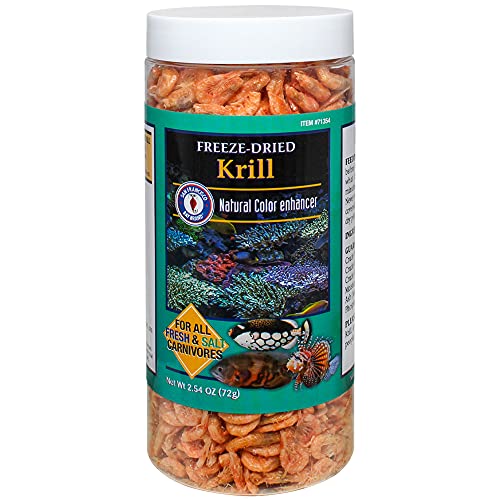ps. for another example I have a 120g display, 40g sump, and 50g display fuge. I actually have a low flow fuge BUT I have zero issues with excess nutrients so no need to go any faster. elos kits say zero nitrates and photometer say zero phosphates. my problem with the low flow fuge is actually getting enough nutrients to them to keep them alive!!! imagine that for a problem lol. I am lightly stocked with fish compared to most and actually overfeed my tank using the growth of my macros as a guide. I have an iwaki rlxt wich is like 1000gph but not much head loss. I prob flow 85% through the sump and 15% through the fuge. Ok, so I could increase the flow to the fuge to get the macros more nutrient rich water instead of overfeeding, but keep in mind the tests that say zero are done is the display tank water too, the reason I am leaving it the way it is and overfeeding is becuase I am slowly adding more fish. and when I get to a point when I have x amount of fish that I still have low nutrients, macros grow well, and I can feed regular I will know I have a well balanced system.




































































